【新唐人2011年8月22日訊】北京故宮博物院一波未平,一波又起,相關負責人承認,有100多冊圖書不知下落,目前「掛賬存疑」。大陸媒體和民眾因此拿臺北故宮來比較,不比不知道,一比之下,人們不禁感嘆:同樣是故宮,怎麽就那麽不同?
一名自稱「故宮職工」者向大陸媒體反映,故宮圖書館善本書庫部分圖書丟失,上報副院長陳麗華後,事情被壓下不讓追查。故宮博物院相關負責人表示,目前確實有100多冊圖書「掛賬存疑」有待詳查,包括部分普通古籍,也有一般線裝書和印刷品。這名負責人解釋說,因為故宮圖書館的普通古籍在歷史上一直沒有納入文物管理範疇,從2004年開始的全面文物大清理才重新逐步核對。
北京故宮從今年5月起頻頻傳出事故和醜聞,包括文物輕易被盜、錦旗寫白字、建福宮變成私人會所、私下拍賣故宮文物、宋代哥窯瓷器被毀、清代屏風浸水、「文革」期間3000套清代御林軍鎧甲減價被賣、內部人員私分門票票款等。
一名知情的大陸古董家張先生說,「北京故宮」已經不是人們想像的頂級珍藏文物的機構。現在的「北京故宮」跟列地攤一樣,上個世紀五、六十年代的工藝品都可以跑進去展覽。
張先生:“那個地方應該是一個文化底蘊很厚、管理很嚴、無論是從各個方面來講,那是高端的管理、高端的收藏品、高端的人才,可是現在已經不是這樣了。從人員上、設備上,一個傻子都能從哪裏偷出好幾件東西去。”
「北京故宮」事故頻頻,網民紛紛拿「臺北故宮」做對比。有網友憤慨表示:「強烈建議將北京故宮交由臺北故宮託管!」
大陸媒體紛紛越洋和「臺北故宮」做訪問。 《海峽導報》、《青年時報》、鳳凰網、《南方人物週刊》等先後採訪了「臺北故宮」院長周功鑫。
有網友比較兩位故宮院長的學歷:「臺北故宮」院長周功鑫學術背景顯赫,是考古學博士、藝術研究所碩士、法文系學士﹔而「北京故宮」院長鄭欣淼學歷只有大專,顯赫的是官職。
《國際先驅導報》也刊登了一篇有關「臺北故宮」財務年報的文章,文中突出「臺北故宮」的收入、開支等賬目都詳細列在年報中,「大到門票收入多少、每筆錢的用途,小到僱用了幾位駕駛員,一應俱全」。而且,2007年到2010年的年報都在網上公開。文章還詳細報導了「臺北故宮」處理文物時的謹慎態度和嚴格制度。
李玉珉(臺北故宮博物院書畫處副處長):「故宮博物院成立以後,從北京一直南遷,到南京然後再到四川、貴州,然後再渡海來到台灣,我們沒有少過一件古物,也沒有被破壞過。所有的工作同仁,即使是在早期,環境不是這麼充裕的狀況之下,大家都是以古物作為我們最優先的考量。都是中華人民的血汗,中國文化的菁華,大家都有這樣子的共識啊!」
同樣是「故宮」,同樣應該保存中華文物,可是結果卻南轅北轍,在《哀故宮家賊難防 悲國寶命運多舛》一文中,作者陳思敏寫道:「故宮高階負責人及各級管理人皆為黨官,是一竅不通的門外漢,缺乏對於文物保護、安全及管理的專業素質,沒有一套嚴謹的標準作業流程,這也難怪會發生在處理文物木箱,未經確認是否清空,結果誤扔了十多件佛像。而沒有建立落實內稽內控,一旦有所疏失就互相的欺上瞞下,私下了結,粉飾太平。」
她說:「讓積弊深埋的根本原因,則是這些人的毫無道德感。屬於中華人民的文物瑰寶不是拿來珍惜,國家歷史文化遺產不是用來敬畏,而是近水樓臺先占有。」
新唐人記者常春、吳惟、王明宇採訪報導。
======
Comparing Two Palace Museums
The curator at the Beijing Palace Museum in Forbidden City
reported that over 100 books on the historical relic accounts
were missing; one after another.
Chinese media and the public compared the Imperial Palace
to the Taipei Palace Museum.
People could not help lamenting the difference
between the two Palace Museums.
A self-claimed "museum worker" told Chinese media that
some books in Rare Book Room are missing in Palace Library.
The deputy curator, Chen Lihua didn』t allow any investigation
after the reported loss.
Museum officials said, it is true that over 100 missing books
were under investigation, including some antiquarian books,
bound books and prints.
Because the antiquarian books in Palace Library had never
been incorporated into historical relic management areas,
all books began to be checked during a comprehensive
historical relic clean-up in 2004.
Frequent accidents and scandals have arisen from
Palace Museum since May 2011, including artifact theft,
a misspelled banner, turning Jianfu Gong Palace into
a private club, private auction of the museum antiques,
destroyed Song Dynasty pottery, 3000 Qing Dynasty armors
were sold for low price during "the Cultural Revolution ",
and staff embezzled ticket fares.
Mr. Zhang, an antiquary said, Beijing Palace Museum is
no longer the institution for top collections of artifacts.
Now it is just like a street vendor, the arts and crafts from
the 1950』s and 1960』s can be seen in its exhibition.
Mr. Zhang: "The Palace Museum should be deeply cultured
with strict management.
It should have high-end collections and the best talents,
but it was not like that.
With current staffing, and anti-theft equipment,
anyone can steal there."
As the Beijing Palace Museum accidents happened frequently,
netizens compared it to the Taipei National Palace.
Some said with anger: " it』s highly recommended to have the
Beijing Palace Museum managed by Taipei Palace Museum."
Chinese media had gone to visit Taipei Palace Museum.
newspaper "Hai Xia Dao Bao," "Youth Times", Ifeng.com,
"Southern People Weekly" interviewed the director of
Taipei Palace Museum, Chou Kung-Hsin.
A netizen compared the two directors』 credentials:
Taipei Palace Museum director Chou Kung-Hsin has a
Doctorate of Art History and Archeology,
Master of Art History, and a B.A. in French.
Beijing Palace Museum director Zheng Xinmiao only has
a two-year college degree. He is a prominent CCP official.
"International Herald Leader" also published an article on
Taipei Palace Museum』s annual financial report.
The article highlighted its detailed revenue and expenses,
including admission sales and the purposes of the expenses.
The annual reports from 2007 to 2010 are also online.
The article also reported its strict system
in dealing with artifacts.
Lee, Yu-Min, Taipei Palace Museum Deputy Director of
painting and calligraphy: "After Palace Museum established,
it moved from Beijing to Nanjing, to Sichuan province,
to Guizhou Province and crossed the channel to Taiwan.
We didn』t lose or damage any artifact.
All colleagues knew these were made by the Chinese people.
They are the essence of Chinese culture.
We considered them as our highest priority
even under inadequate conditions in early times.”
The two Palace Museums both preserve China』s artifacts,
but the results were the opposite.
In an article entitled "Mourning cannot keep Palace
from home thieves; sad misfortune of national treasure,"
the author Chen Simin wrote: "all leadership and managers at
Palace Museum in Forbidden City are CCP officials,
who lack professional knowledge in artifact conservation,
safety and management.
There are no rigorous standard operating procedures in place,
it is no wonder that over a dozen pieces of Buddha statues
were thrown away by mistake without checking the boxes.
While internal audit and control have not been established,
all managers and their subordinates will cover up negligence."
Ms. Chen said: "The root cause of these issues was that
these people have no morals.
They do not treasure Chinese people's cultural treasures,
nor respect the national historical and cultural heritage.
They just want possess them."
NTD reporters Chang Chun, Wu Wei and Wang Mingyu
看下一集
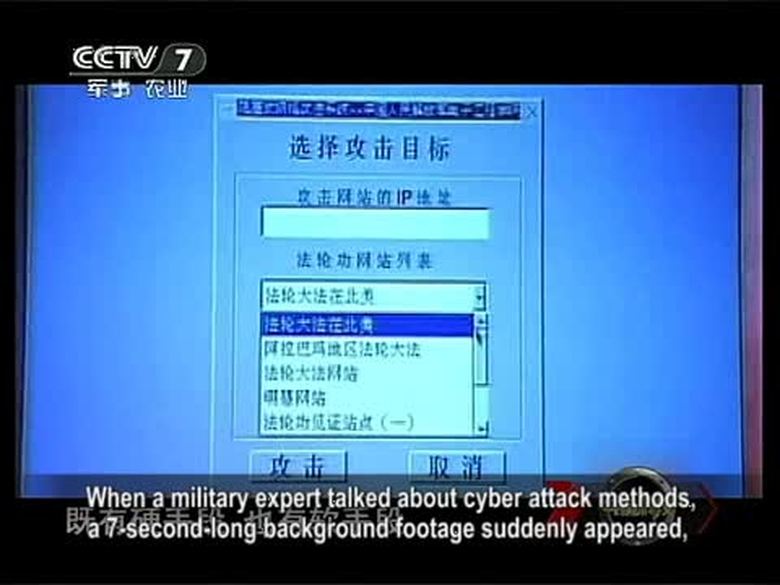
【禁聞】中共軍方公開 攻擊法輪功網站

【禁聞】拜登川大提人權 中美報導不同調
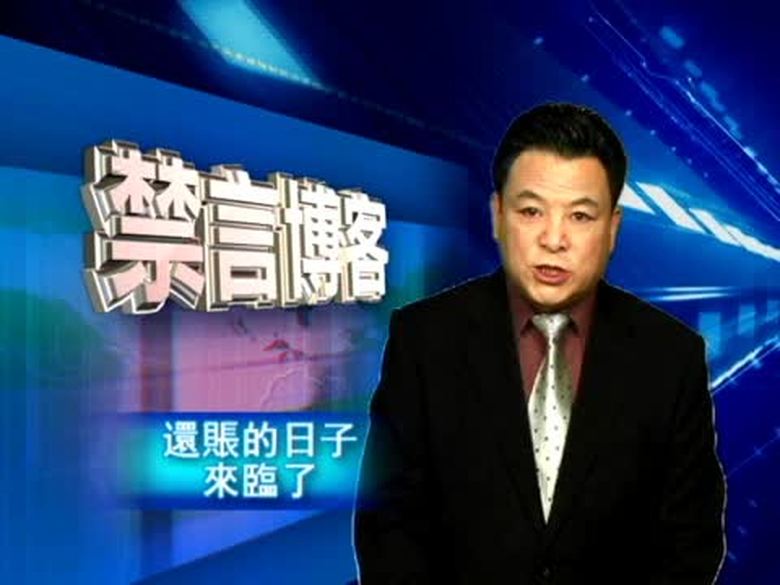
禁言博客 還賬的日子來臨了!
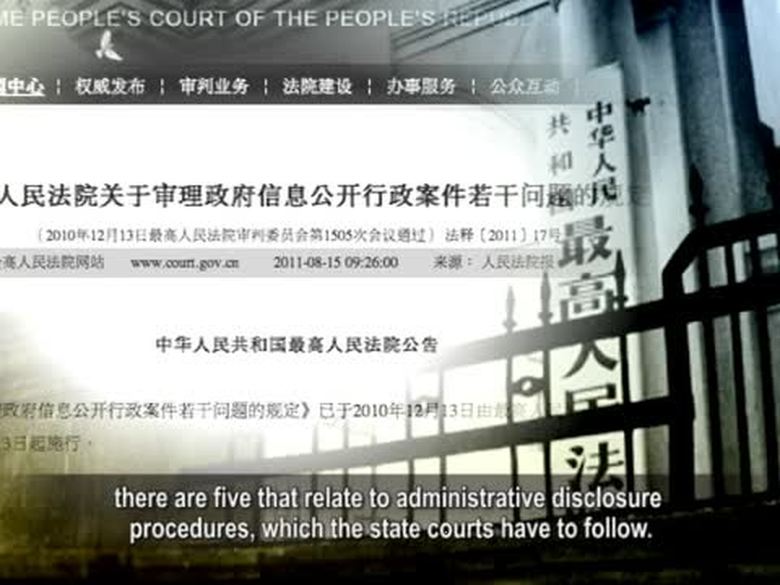
【禁聞】高院促信息公開 專家指糊弄百姓
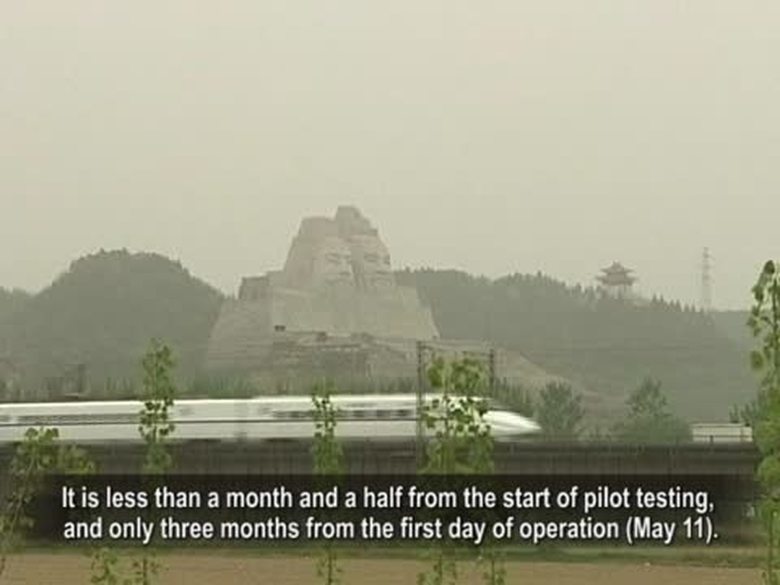
【禁聞】深藏的裂紋 不安的高鐵
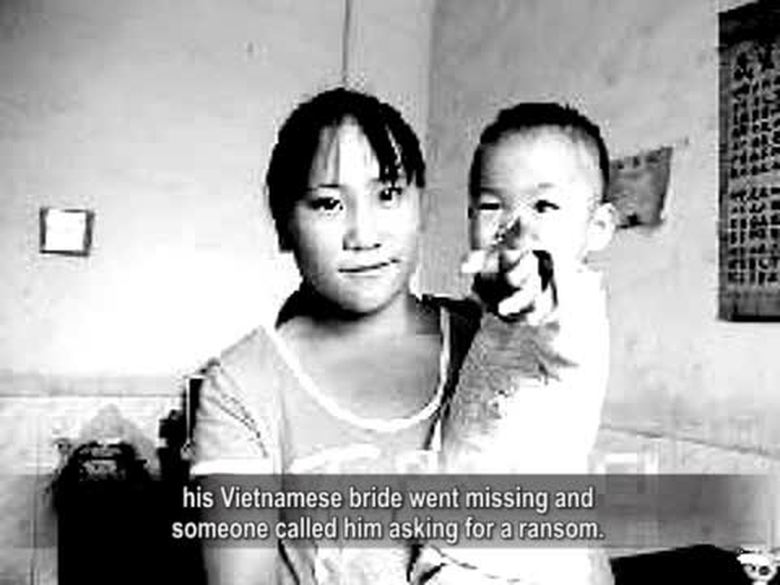
【禁聞】農村戶籍亂 越南新娘失蹤無法管
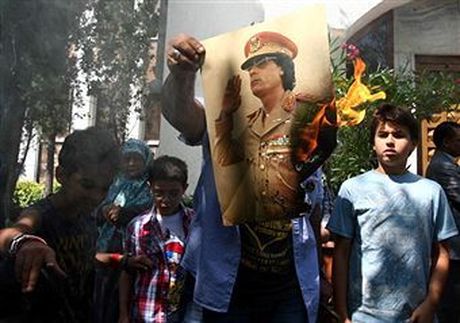
【禁聞】卡扎菲政權垮臺 敲響中共瓦解喪鐘
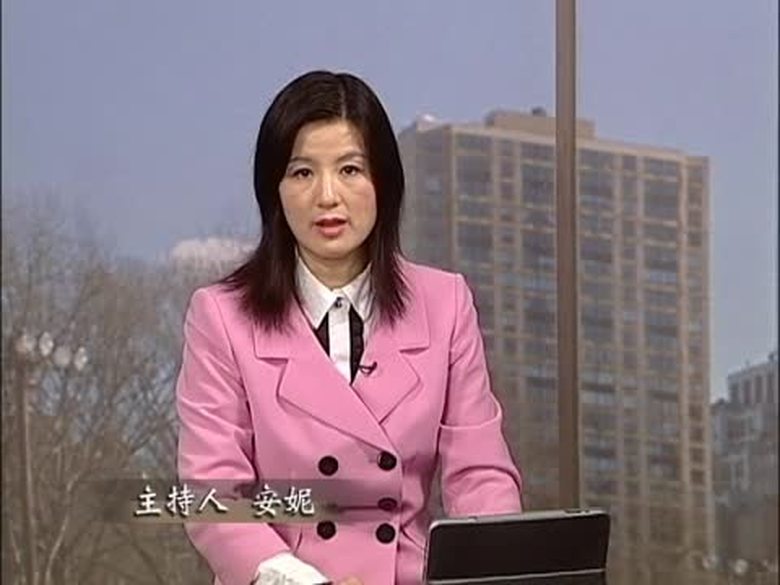
【禁聞論壇】中國政府對誰負責任?
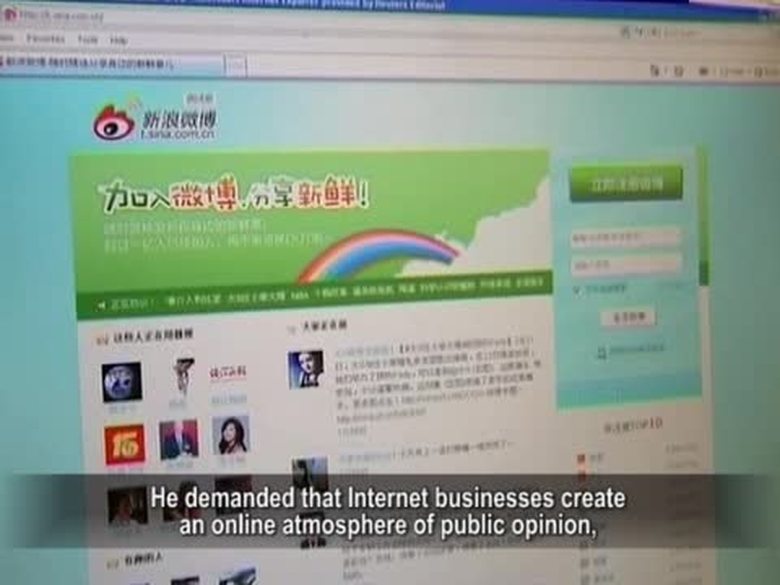
【禁聞】內管微博 外堵穿牆 禁VPN
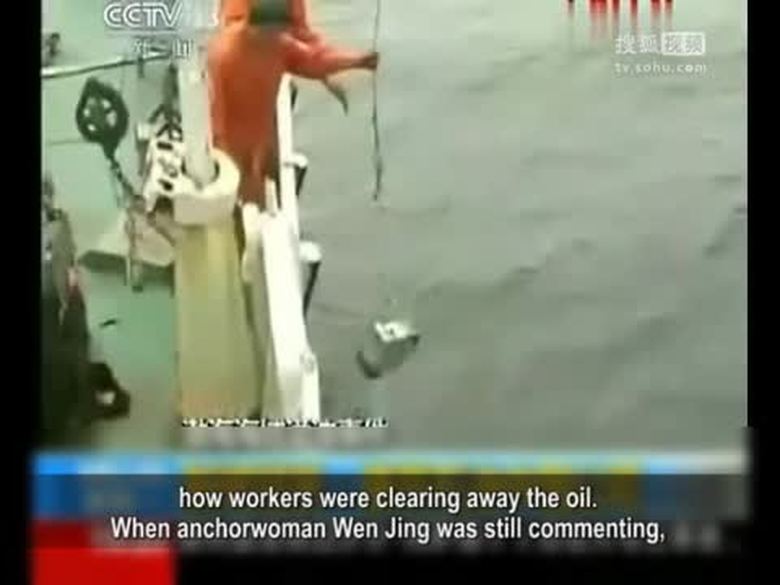
【禁聞】央視女主播遭「和諧」一臉不悅
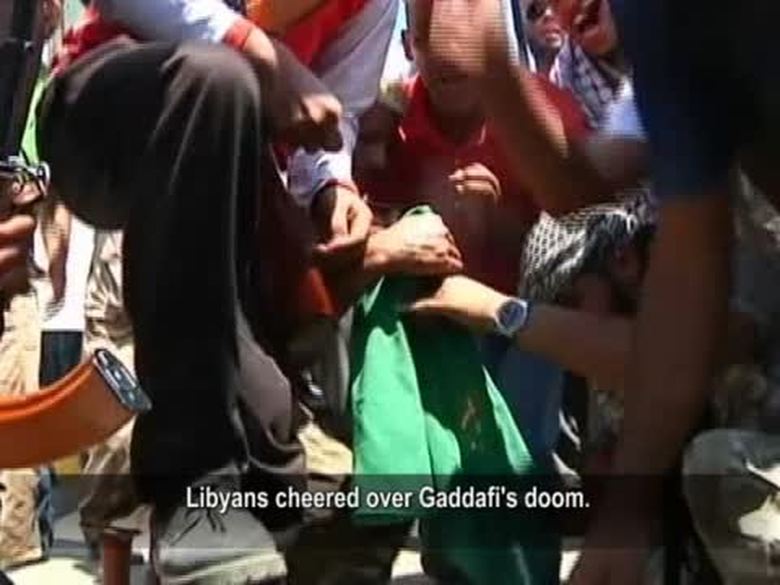
【禁聞】利比亞變天換旗 中共驚恐華人熱議
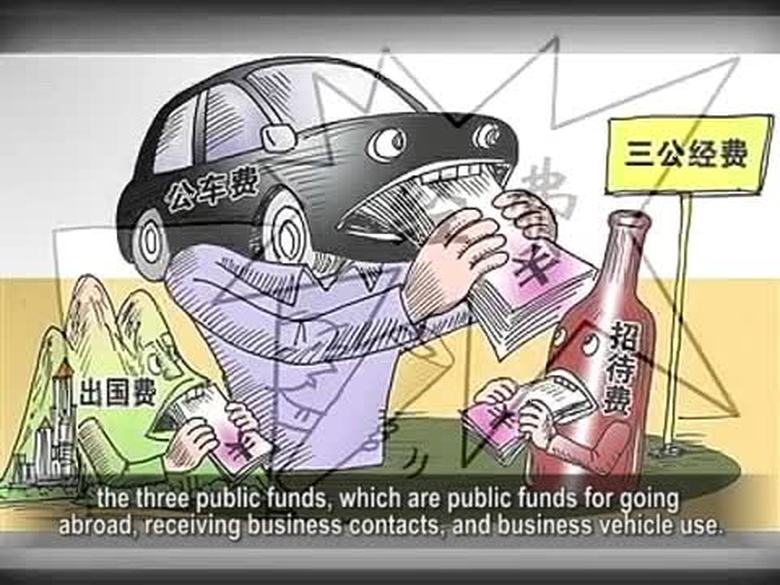
【禁聞】外交部拒透露三公 公款吃喝成國密

【禁聞】卡扎菲急逃竄 中共頻“變臉”

【禁聞】中國4萬病險水庫 難治又難拆
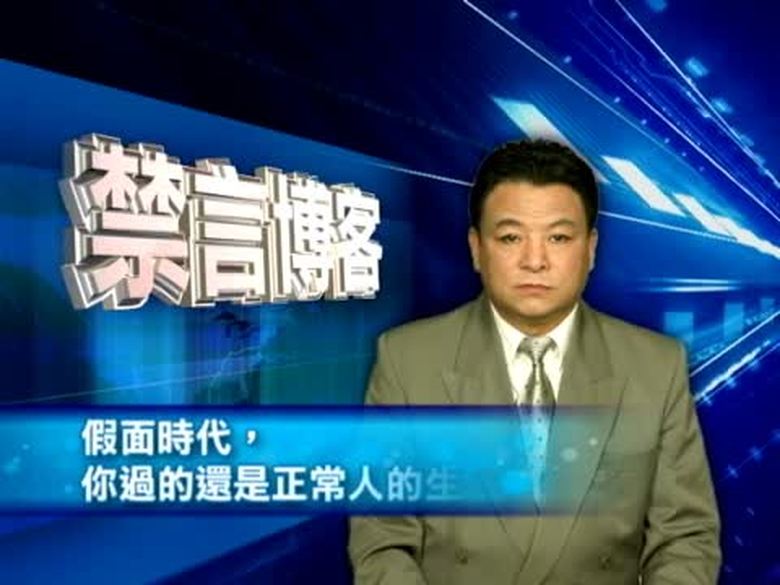
【禁言博客】誰才是真“土匪”?

【禁聞】陸保障房賽高鐵 豆腐渣工程露相








